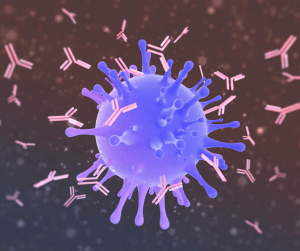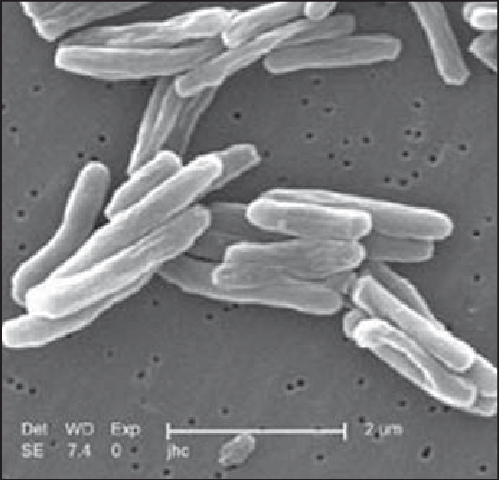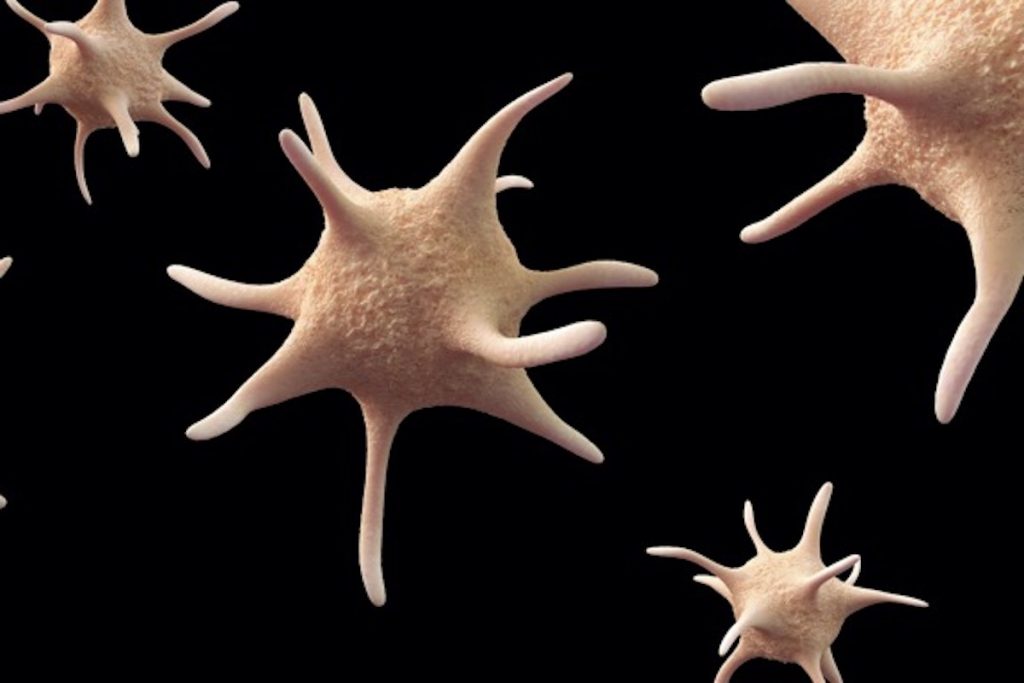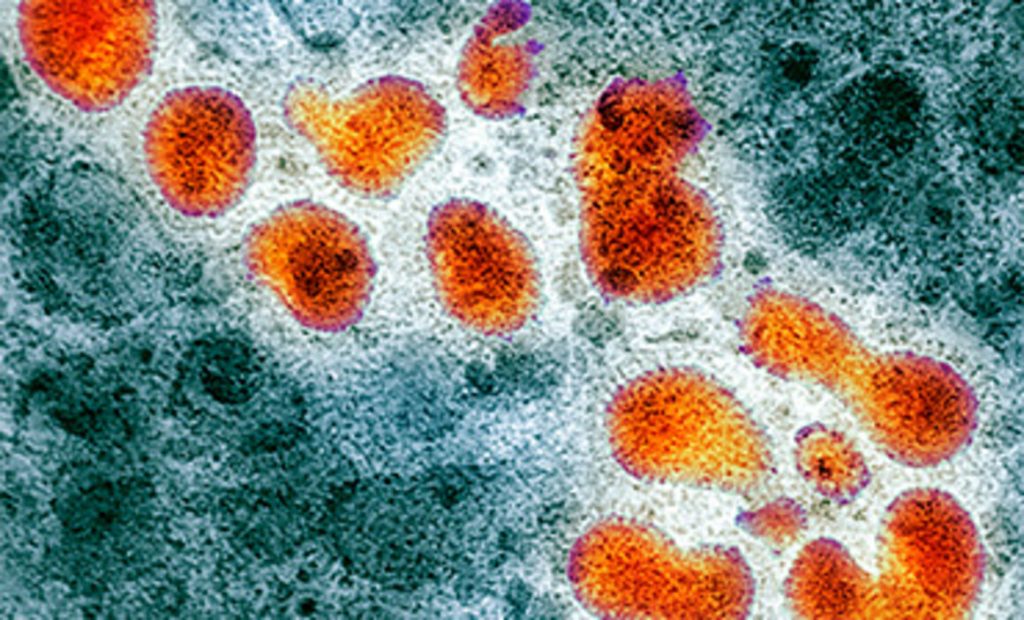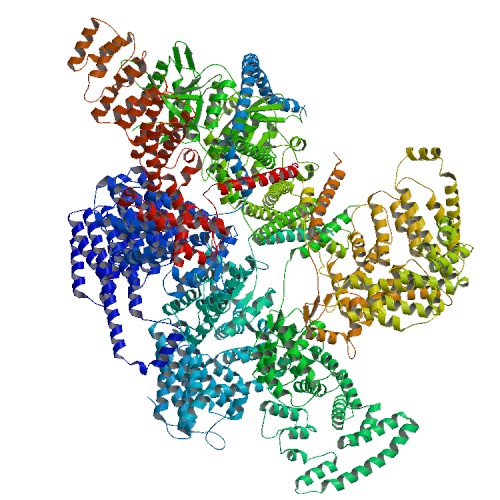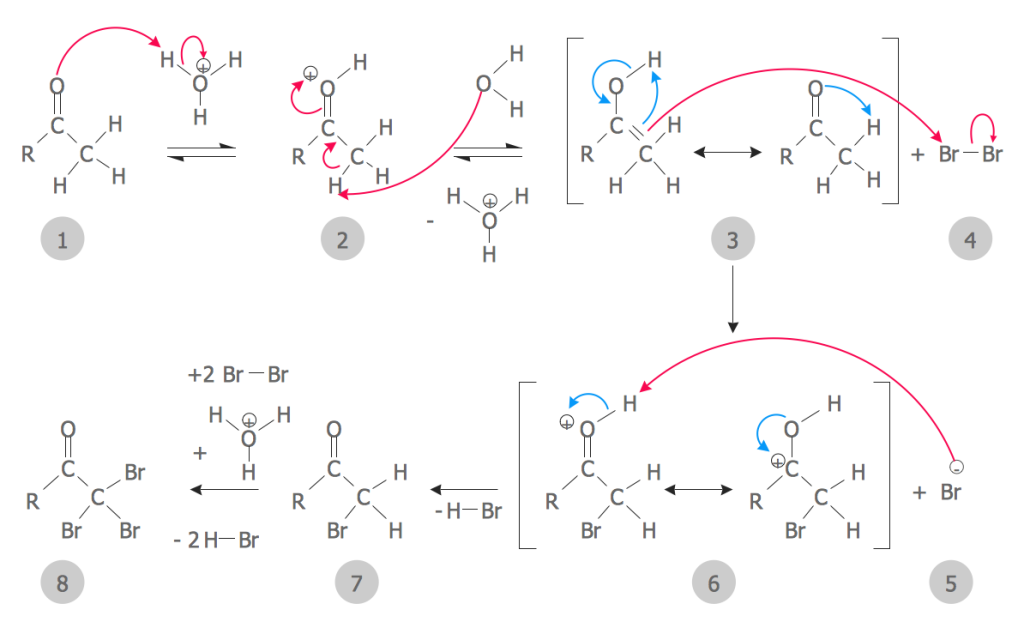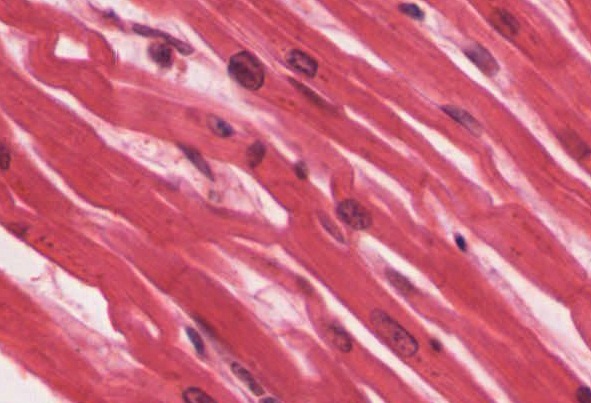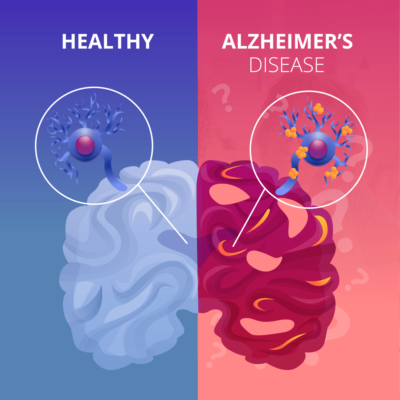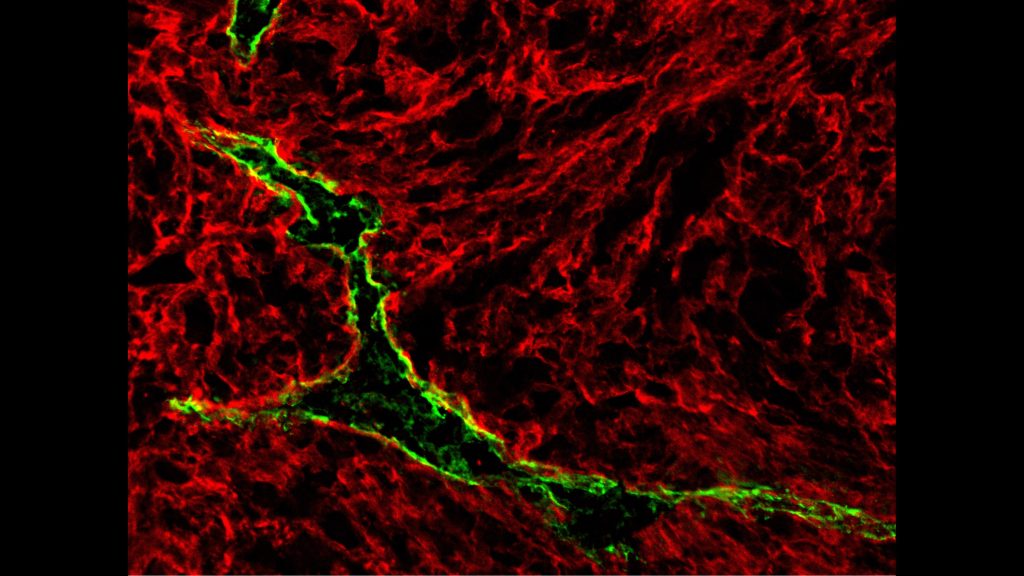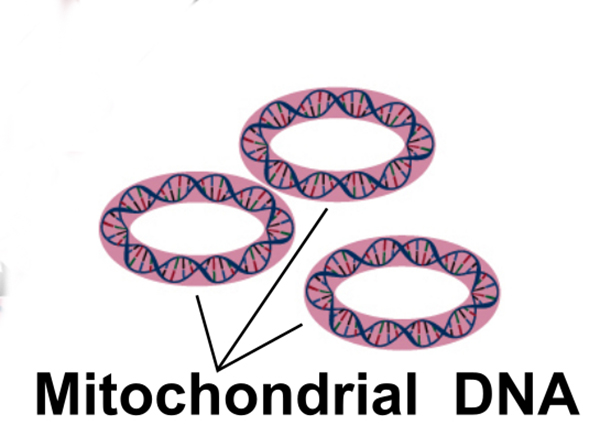The PREP fellows’ research is presented during the UW Undergraduate Research Symposium and, in many instances, at a national conference. Moreover, in many cases, the mentors have incorporated the fellow’s research results into a peer-reviewed publication. Here are some examples.
HIV is the virus responsible for the AIDS disease. Its genetic material is integrated into the DNA of the host cell (human immune cells) where it gets replicated along with the DNA of the host. In rare cases, it also becomes integrated without actively producing new viruses in what is known as the latency/resting state (latent HIV infection). A group of proteins from the host cell are essential for the replication of the virus; they are called Dependency Factors. Their genes can be silenced to preserve the latency state, a promising therapeutic target for locking HIV into a more permanent latency and ultimately achieving HIV cure.
Some patients have organs that do not function properly and need an organ transplant. There are very few available donor organs for transplantation and the wait times can be very long. As a result, many patients die before they can receive a transplant. One way to overcome this problem is through tissue grafts, using tissue that has been grown in the lab.
Autoantibodies have been observed in some non-autoimmune diseases, for example, a type of lung cancer known as Small Cell Lung Cancer (SCLC). This study focused on the development of a technique that enables the detection of autoantibodies in the plasma of SCLC patients. With this technique, researchers detected several types of autoantibodies that were previously unknown.
Tuberculosis affects approximately a quarter of the world’s population and is one of the top infectious disease causes of mortality worldwide. Some patients are resistant to tuberculosis. This study focused on comparing monocytes from infected patients with a latent tuberculosis infection to monocytes from resistant patients.
Platelets are fragments of a type of white blood cell produced by megakaryocytes. They stop the bleeding of a wound by forming blood clots and by regulating blood coagulation. If you don’t have enough platelets or if they do not function properly, you are at risk of having bleeding problems and other health issues.
The flu (influenza) is a viral disease caused by the virus influenza. The influenza virus can adapt and move from one host to the next. For example, it can move from a bird to a human thanks to its ability to adapt its machinery to infect different species. But how exactly can influenza adapt so quickly to new hosts ?
The cell has some specialized molecules called “eIF3s”, whose main function is to link the particles responsible for protein synthesis: the mRNA and the ribosome. Generally, the eIF3 factors are produced in small amounts, so the cell can control when and how much of each protein is made. If the quantity of eIF3 factors is increased relative to its normal levels, the cell will overproduce proteins involved in cell proliferation, which will cause cancer.
Understanding the properties of biochemical reaction networks is important both from a purely scientific point of view, as well as offering the potential to reengineer or modulate important biochemical pathways related to the production of important chemicals or as targets for biomedical therapies. A Python software library was developed to investigate certain structural characteristics of biochemical networks.
The human genome, known as DNA, contains many areas whose functions are unknown. Genome annotation is the process of identifying and characterizing functional areas along the DNA sequence. An automated annotation strategy was developed and used to annotate the genome and build an encyclopedia.
Zebrafish are used as an in vivo model for research on human diseases and brain development. This study focused on understanding how some genes affect the functions of hair cells using zebrafish as a model to test mutations in specific genes.
HIV, the virus responsible for the AIDS disease, comes in two forms: a sensitive “tier 1” and a more resistant form, called “tier 2”. The latter form dominates the circulating strains. There exists a trial of a vaccine against HIV, called RV144, which has shown a modest level of protection against HIV. However, this vaccine works only against the sensitive (tier 1) forms; the “tier 2” forms remain free and active.
BRCA1 is a gene related to high risk for breast and ovarian cancers. It encodes a protein that bears the same name, BRCA1, which is a tumor suppressor. One region of the protein BRCA1, called RING domain, is responsible for linking together certain molecules. Some components at specific positions in the RING domain can tune the level of the BRCA1 activity up or down.
The muscle cells in the heart are called cardiomyocytes. They can be produced in the lab from stem cells, which are cells that do not have a specific function yet. When engineered in the lab, these cardiomyocytes can be used for cardiovascular research modeling, for example, to test a new drug or to model a cardiovascular disease. A new material called hydrogel can be used as a platform to engineer cardiomyocytes and cardiac tissue, and where drug assessment, research testing, and modeling are performed reliably.
Laryngeal nerve injury occurs when there is damage to one of the nerves that helps the larynx function. The damage can be caused by injury, tumor, infection, or surgery. Patients may present symptoms of a hoarse voice, difficulty swallowing, or loss of voice. The injury/damage can be diagnosed using a tool called laryngeal electromyography (LEMG) or using CT.
Alzheimer’s disease is a progressive neurodegenerative illness caused by a steady deposit on the brain of plaques formed by the amyloid proteins.
The lymphatic fluid (known as lymph) circulates inside a network of vessels called lymphatic vessels that branch into all tissues and organs of the body. These vessels are different from the vessels (arteries, veins, and capillaries) where blood circulates. Blood and lymph vessel walls are made of specialized cells called blood endothelial and lymphatic endothelial cells, respectively.
Mitochondria have their own genetic material, which is a small circular DNA molecule referred to as mitochondrial DNA (mtDNA). Mutations (changes) in the DNA of mitochondria are implicated in many diseases, such as in cell aging and some of the diseases in elder people.
Host-virus interactions are antagonistic: one species (the virus) benefits and the other (the host) is harmed. Viruses interact with the host cells by binding to the surface of the host proteins. Combinatorial mutagenesis is a bioengineering technique where multiple mutants (variations) of a protein are simultaneously engineered; then the effects on the function of each mutant protein are evaluated.




